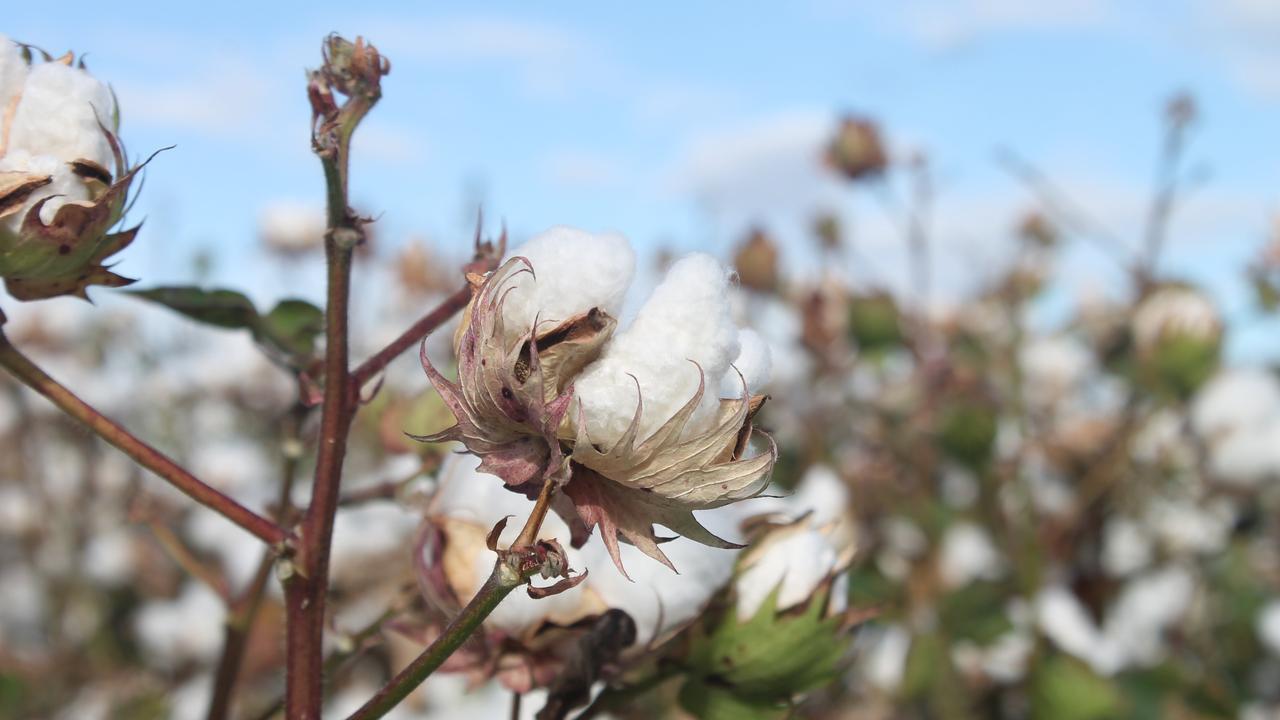China “kicked an own goal” after imposing a soft ban on buying Australian cotton two years ago, leaving more than 70 per cent of supply open for other international buyers to scoop up.
While news of Chinese tariffs left a “sick feeling” in the stomach of Cotton Australia CEO Adam Kay in October 2020, the industry has since experienced a spectacular turnaround.
No longer able to rely on China to snap up the majority of Australia’s supply, the industry got to work sourcing demand elsewhere.
After being thrown an initial life raft from the federal government, merchants soon encountered major demand for Australian cotton in other Asian regions.
“We look back on it and China has kicked an own goal with this because we found other markets and these new markets are loving the quality of the Australian cotton,” Mr Kay told 2GB’s Afternoons with Deborah Knight.
Demand was so huge, Australian producers were able to offload its biggest harvest ever in 2021, which amounted to a whopping $4.5 billion in export income.
There was massive expansion of the market in Vietnam, which took about 40 per cent of Australian cops, on top of significant expansion in Indonesia, Thailand and Turkey.
“It was a really good result from that really sick feeling I had in the stomach from October 2020,” Mr Kay said.
“We’re feeling very grateful for the assistance we got in turning things around.”
Wet conditions experienced in cotton growing areas including central Queensland and northern Victoria were “really well suited to the industry”, Mr Kay said.
He also recalled the initial devastation of losing Australia’s biggest cotton customer.
“Overnight our biggest market taking 70 per cent of our crop dried up and really caused some great concern for us,” Mr Kay said.
“I still remember in October 2020 and some of our cotton merchants … started to ring me on the weekend and say our spinning mill clients in China are telling us the government has contacted them and told them that if they bought Australian cotton they would be penalised,” Mr Kay said.
He added that while cotton needed a good amount of water to produce its best yield, it was crucial to also have a strong few weeks of dryness.
The upcoming months would largely determine the outcome of Australia’s crops for next year, he said.


